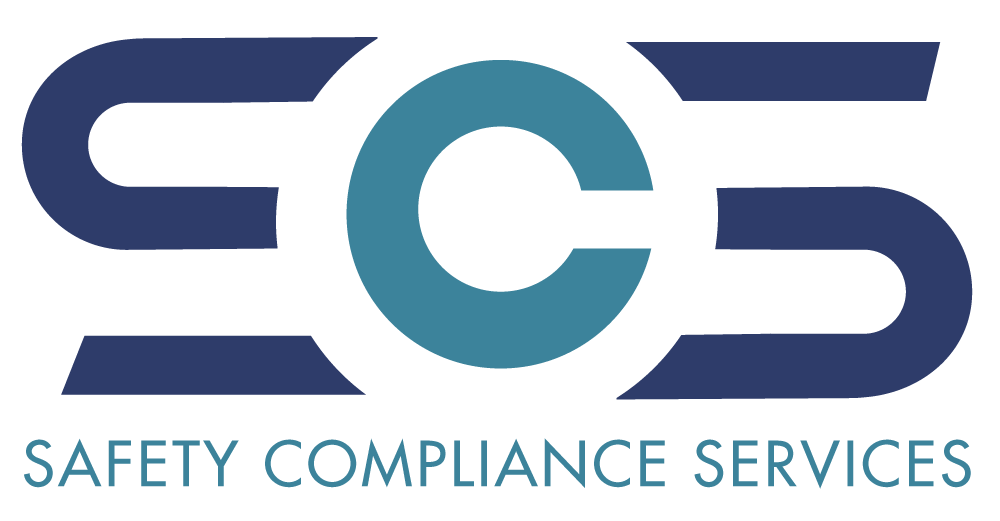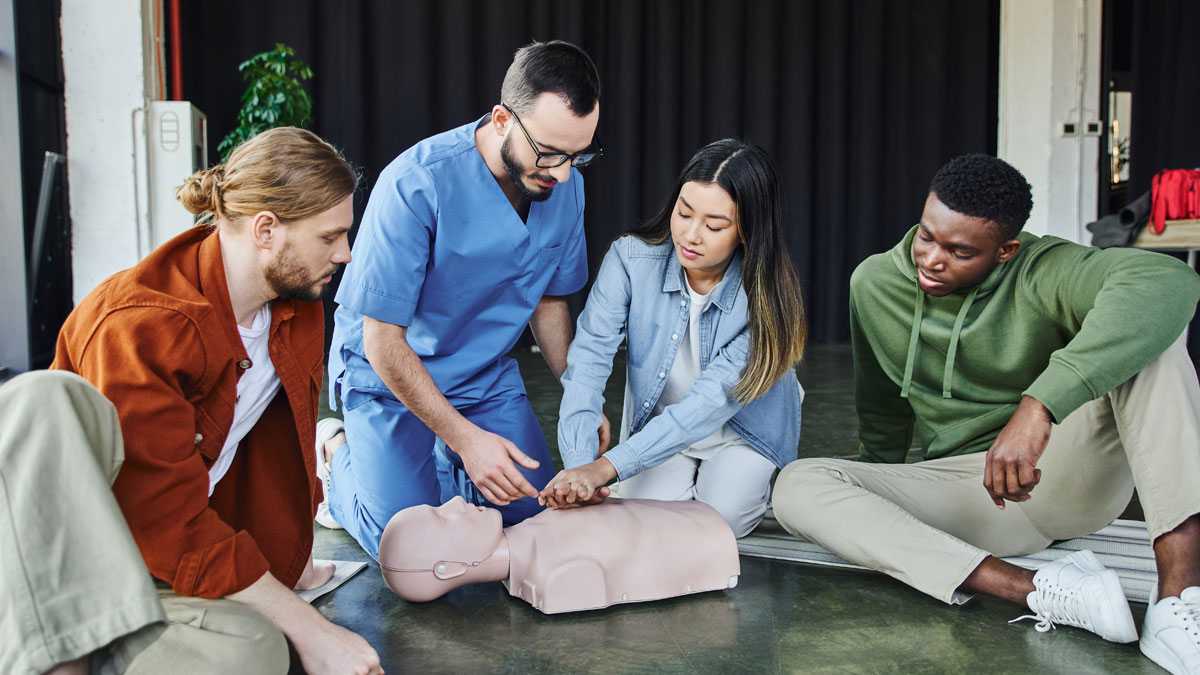Overview
Learn how to perform CPR on adults, including the use of an Automated External Defibrillators (AED). The training also covers how to recognize the signs of cardiac arrest, response to emergencies and provide immediate care until professional help arrives.
Course Description
This CPR training course is designed to equip participants with the life-saving skills needed to respond effectively in an emergency. Participants will learn how to perform CPR on adults, including proper chest compressions, rescue breaths, and the use of an Automated External Defibrillator (AED). The course also covers how to recognize signs of cardiac arrest, respond to emergencies, and provide immediate care until professional help arrives. By the end of this training, participants will be empowered with the knowledge to potentially save lives in an emergency and make a difference when every second counts.
Learning Objectives
- Master CPR Techniques: Learn and practice proper chest compressions and rescue breaths for adults to effectively perform CPR during a cardiac emergency.
- Understand the Use of AED: Gain the knowledge and skills to use an Automated External Defibrillator (AED) to deliver shocks and restore normal heart rhythm when necessary.
- Recognize Cardiac Arrest Symptoms: Identify the signs and symptoms of cardiac arrest in adults to ensure timely and accurate response.
- Develop Confidence in Emergency Response: Build the confidence to act quickly and effectively in high-pressure situations, providing immediate care until medical professionals arrive.
- Ensure Safe and Effective Bystander Intervention: Learn how to assess the situation for safety, protect yourself and the victim, and provide appropriate CPR and first aid assistance in various emergency scenarios.
Compliance and Certification Requirements
While OSHA doesn’t have a specific general industry regulation solely focused on CPR training, it mandates employers to provide a safe workplace free from recognized hazards, which includes those related to cardiac arrest, under the General Duty Clause. This course satisfies the regulatory requirement(s). Furthermore, In the electrical industry, specific people must be certified in CPR if they work on exposed lines or “equipment energized at 50 volts or more.” If there are two or more employees at one location, at least two must be CPR trained. When working at stationary locations, OSHA does not outline a specific number of people that need to be certified. Rather, OSHA says that enough people must be certified to guarantee that if an incident occurs, there is someone who can reach the person in four minutes (29 CFR 1910.269(b)(1)).
Audience
This course is geared towards all personnel to help insure a safe and healthy workplace environment.


